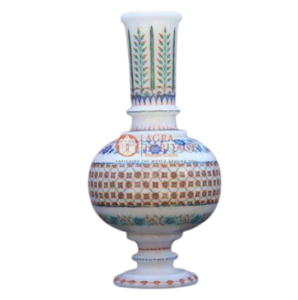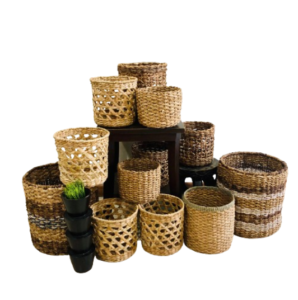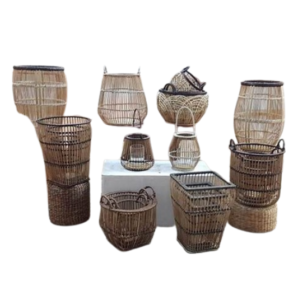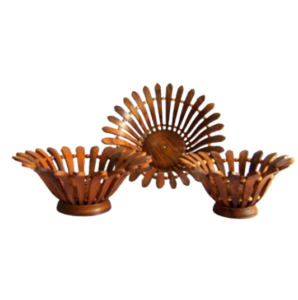Handicrafted Products
INTRODUCTION
Handicraft products represent a rich tradition of creating items by hand, often reflecting cultural heritage, artistic expression, and skilled craftsmanship. These products are typically made with simple tools and techniques passed down through generations, and they often hold cultural, historical, and aesthetic significance. Handicrafts, also known as artisanal crafts or handmade products, are items produced by artisans using their hands or basic tools. These products are typically made from locally sourced materials and are created with a high level of skill and attention to detail. Handicrafts often embody cultural traditions and are used for functional, decorative, or symbolic purposes




TYPES OF HANDICRAFT PRODUCTS
Handicrafts can be categorized based on the materials used and the techniques employed. Here are some common types:
Textile Crafts
- Weaving: Involves interlacing threads to create fabrics, rugs, and tapestries. Examples include hand-woven carpets and traditional fabrics like Ikat or Kente cloth.
- Embroidery: The art of decorating fabric with needle and thread, often creating intricate patterns. Famous examples include Indian Zardozi and Mexican Otomi embroidery.
- Knitting and Crocheting: Techniques for creating fabric by interlocking loops of yarn. Products include sweaters, scarves, and blankets.
Wood Crafts
- Carving: The process of shaping wood by cutting or chiseling. This includes sculptures, masks, and wooden furniture.
- Inlay Work: Involves embedding pieces of different materials like ivory, bone, or metals into the wood to create decorative patterns.
- Marquetry: A technique where thin layers of wood veneer are used to create intricate designs on furniture and boxes.
Pottery and Ceramics
- Earthenware: Handcrafted from clay and fired at low temperatures. Products include pots, bowls, and decorative items.
- Terracotta: A type of earthenware with a reddish-brown color, often used for sculptures and building materials.
Metal Crafts
- Jewelry Making: Artisans create jewelry using metals like gold, silver, and bronze, often incorporating gemstones and intricate designs.
- Metalwork: This includes crafting items like utensils, sculptures, and decorative items from metals. Techniques include forging, engraving, and repoussé (hammering metal from the reverse side).
- Filigree: A delicate metalwork technique where fine threads of metal are twisted and soldered together to create intricate patterns, often seen in jewelry.
Leather Crafts
- Tooling: Involves carving or embossing designs into leather, commonly seen in belts, wallets, and saddles.
- Leather Stamping: The process of imprinting designs onto leather using metal stamps.
- Hand-Stitching: Creating leather goods like bags, shoes, and accessories through manual stitching.
Paper Crafts
- Papier-Mache: A craft where paper is soaked in glue or paste and molded into shapes, then painted or decorated.
- Origami: The Japanese art of paper folding to create intricate designs and figures.
- Quilling: Involves rolling and shaping thin strips of paper to create decorative designs.
Glass Crafts
- Stained Glass: Pieces of colored glass are arranged and held together with lead strips to create windows and decorative panels.
- Glass Blowing: The art of shaping molten glass into various forms like vases, ornaments, and sculptures.
Stone Crafts
- Sculpting: Creating statues, figurines, and decorative objects by chiseling stone.
- Masonry: The craft of shaping and assembling stone for construction, often seen in historical buildings and monuments.
- Gemstone Carving: Creating intricate designs on precious or semi-precious stones for jewelry and decorative purposes.
Basketry and Weaving
- Basket Weaving: The art of interlacing materials like bamboo, reeds, or grasses to create baskets, mats, and containers.
- Mat Weaving: Creating mats or floor coverings using materials like palm leaves or jute.
PRODUCTS









